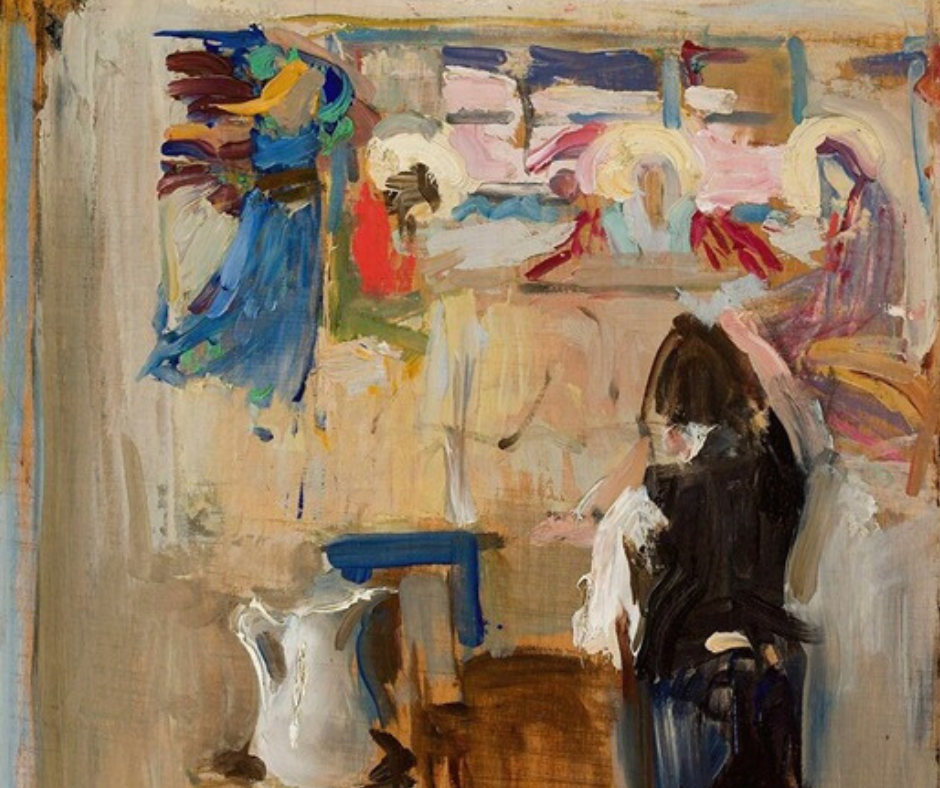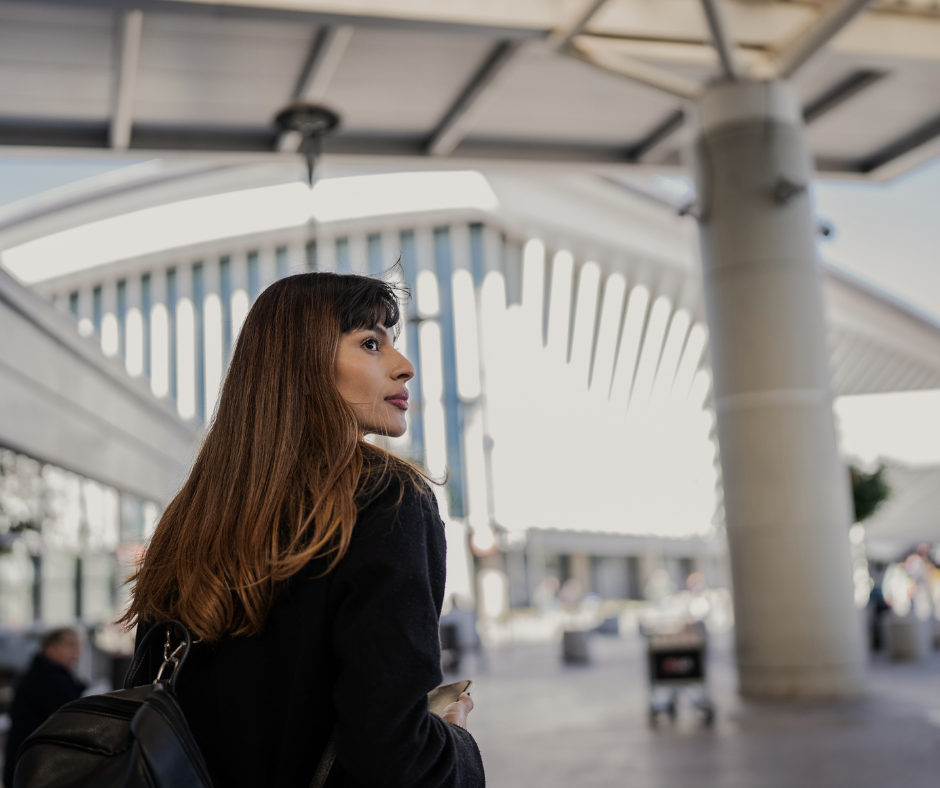
Inspired by the Natural World: The Best Art Museums in Maine
Summary
Reflection Questions
Journal Prompt
Maine’s artistic landscape, deeply intertwined with its cultural heritage, presents a unique tableau shaped significantly by the state’s natural splendor. This northeastern state, known for its rugged coastline, dense forests, and picturesque landscapes, has historically been a wellspring of inspiration for artists. From the indigenous Wabanaki to contemporary creators, Maine’s diverse environments have fostered a rich tapestry of artistic expression, reflecting both the natural world and the cultural narratives that have evolved within it. In this article, we will explore how Maine’s art museums not only preserve and celebrate this heritage but also how the state’s intrinsic beauty continues to influence and mold artistic endeavors.
The Role of Art in Maine
Maine’s role as a muse for artists can be traced back centuries, deeply rooted in its varied and striking landscapes. The state’s unique geographical features–from its craggy coastlines to its serene forests–have consistently provided a rich visual palette for artists. Historically, Maine has been a destination for prominent American artists, who sought inspiration in its natural beauty.
Figures such as Winslow Homer and the Wyeth family were notably drawn to Maine’s rugged charm, which is vividly captured in their works. These artists, among others, played a pivotal role in defining the visual narrative of Maine, often portraying the raw, untamed aspects of its landscapes and seascapes. Their artistic legacies continue to be celebrated and preserved in various art museums across the state.
Historical Context: How Maine Has Served as a Muse for Artists
The impact of art on Maine’s tourism and cultural identity is profound. Artistic representations of Maine have not only contributed to the state’s image as a picturesque and tranquil retreat but have also attracted tourists and art enthusiasts from around the globe. Museums showcasing Maine-inspired art serve as cultural hubs, offering visitors a deeper understanding of the state’s heritage and the artists it has influenced.
Furthermore, these institutions often act as community centers, hosting educational programs and events that strengthen the cultural fabric of Maine. The celebration of art in Maine is not confined to museums alone; it permeates public spaces, local galleries, and seasonal art festivals, reinforcing the state’s identity as an artistic haven.
The Impact of Art on Maine’s Tourism and Cultural Identity
Moreover, Maine’s art scene plays a significant role in its cultural identity. The state’s commitment to preserving and promoting its artistic heritage reflects a broader recognition of the value of cultural expression. This has fostered a supportive environment for contemporary artists, ensuring that the tradition of art as a vital component of Maine’s cultural landscape continues. The integration of art into the daily lives of Maine’s residents and its prominence as a tourist attraction highlights the enduring influence of art on Maine’s identity, both as a source of local pride and a destination for cultural tourism.
About The Maine Art Museum Trail
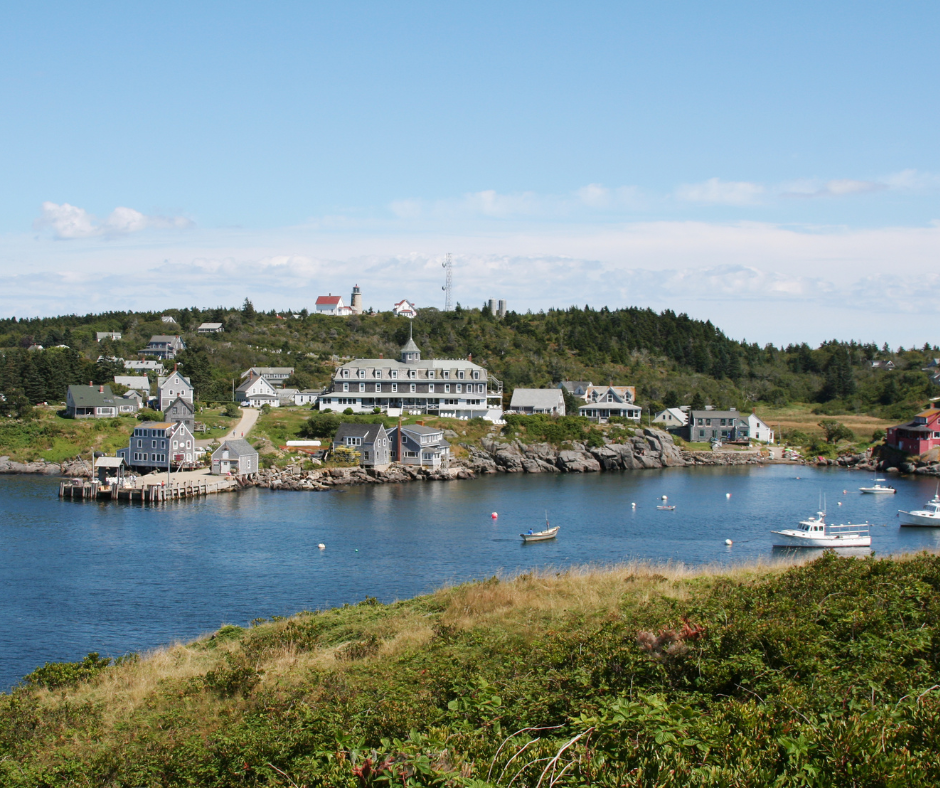
The Maine Art Museum Trail is an enriching art-guided journey through the state, showcasing the diverse and vibrant art scene Maine has to offer. Spanning over 350 scenic miles, the trail includes nine of Maine’s most prominent art museums and features a staggering collection of over 80,000 works of art. From works by Edward Hopper and Mary Cassatt to photographs by contemporary artists, there is something for everyone. This vast array includes everything from ancient artifacts and world-famous masterpieces to contemporary works by Maine artists and unique installations. The trail includes the following notable museums.
- Abbe Museum, Bar Harbor
- Bates College Museum of Art, Lewiston
- Bowdoin College Museum of Art, Brunswick
- Colby College Museum of Art, Waterville
- Farnsworth Art Museum, Rockland
- Monhegan Museum of Art & History, Monhegan Island
- Ogunquit Museum of American Art, Ogunquit
- Portland Museum of Art, Portland
- Zillman Museum of Art (formerly known as the University of Maine Museum of Art), Bangor
Each museum on the trail contributes to a broader understanding of Maine’s art and cultural heritage, making the Maine Art Museum Trail an indispensable experience for anyone interested in exploring the depth and diversity of Maine’s art scene.
Maine Art Museums to Visit While in the Pine Tree State
Portland Museum of Art
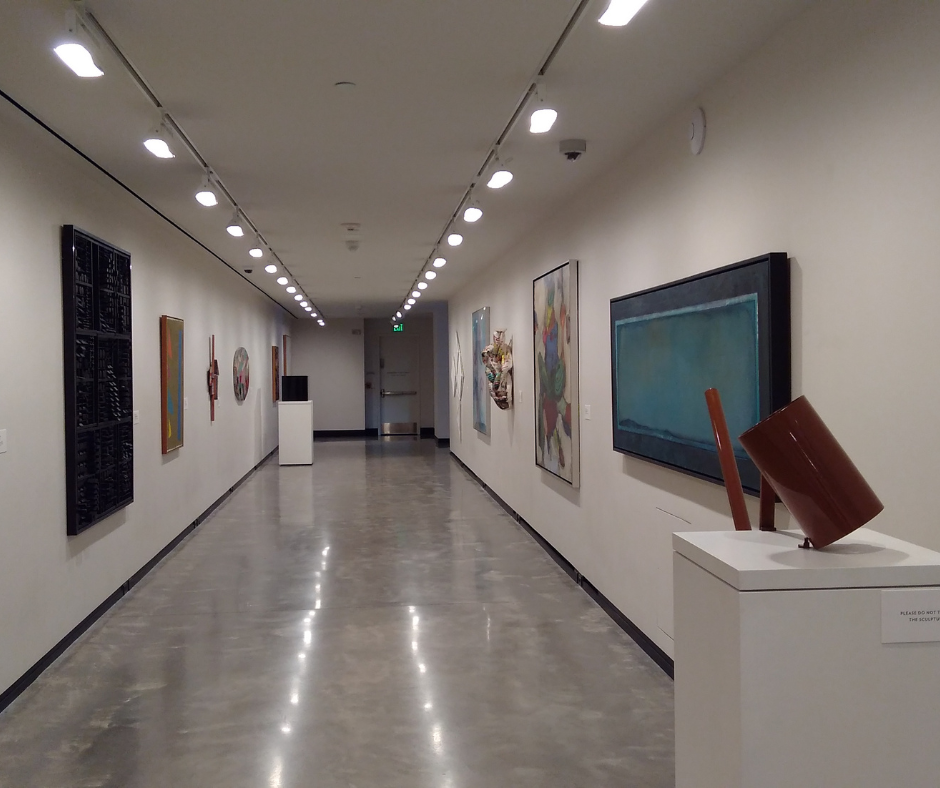
The Portland Museum of Art (PMA), established in 1882, stands as Maine’s oldest and largest public art institution. Its historical significance lies in its dedication to showcasing and preserving art, with a particular focus on American and European works. The museum, architecturally notable for its blend of historic and contemporary designs, serves as a cultural cornerstone in Portland, offering insights into various art movements and their influences on society.
Permanent Collection and New Exhibitions
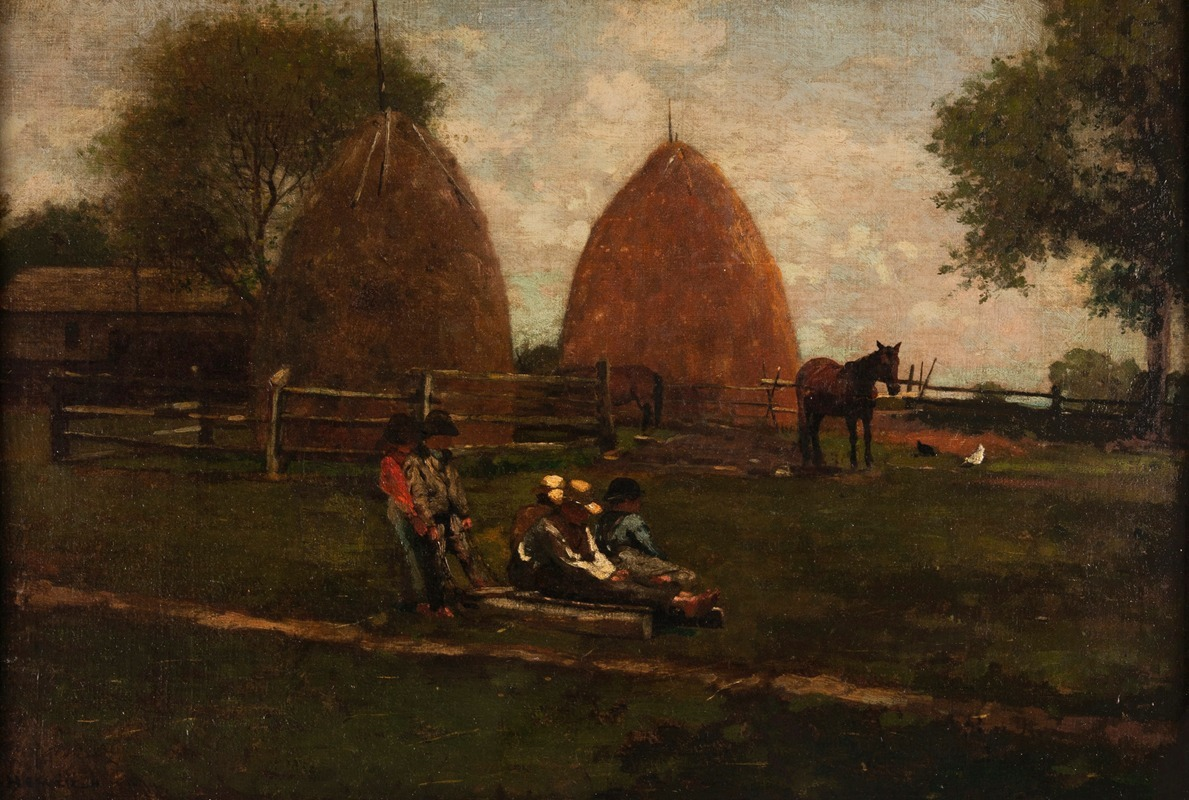
The PMA boasts a diverse collection of over 18,000 works, ranging from the 18th century to the present day. Key collections include notable American art pieces from the likes of Winslow Homer and Andrew Wyeth, alongside European masterpieces by artists such as Claude Monet and Pablo Picasso. The museum also places a strong emphasis on Maine-related art, reflecting the state’s artistic heritage and landscapes.
Farnsworth Art Museum
Focus on American and Maine-Inspired Art
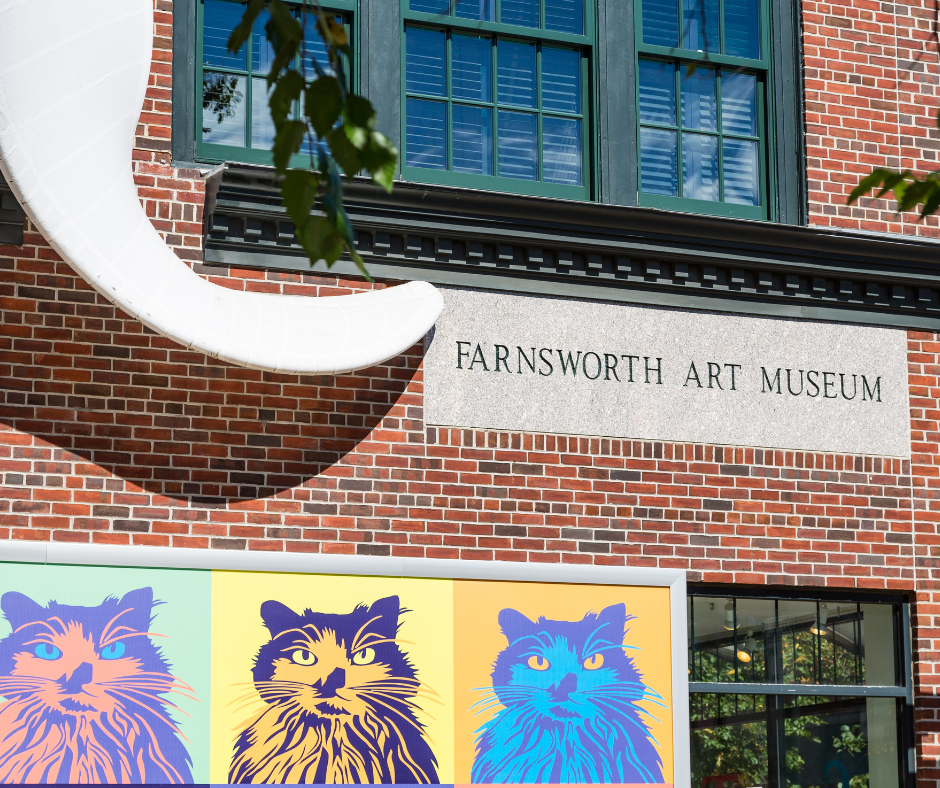
Located in Rockland, the Farnsworth Art Museum is renowned for its extensive collection of American art, with a special emphasis on artists connected to Maine. This focus underlines the museum’s commitment to celebrating the state’s artistic legacy and its impact on American art as a whole.
Notable Works and Artists Featured
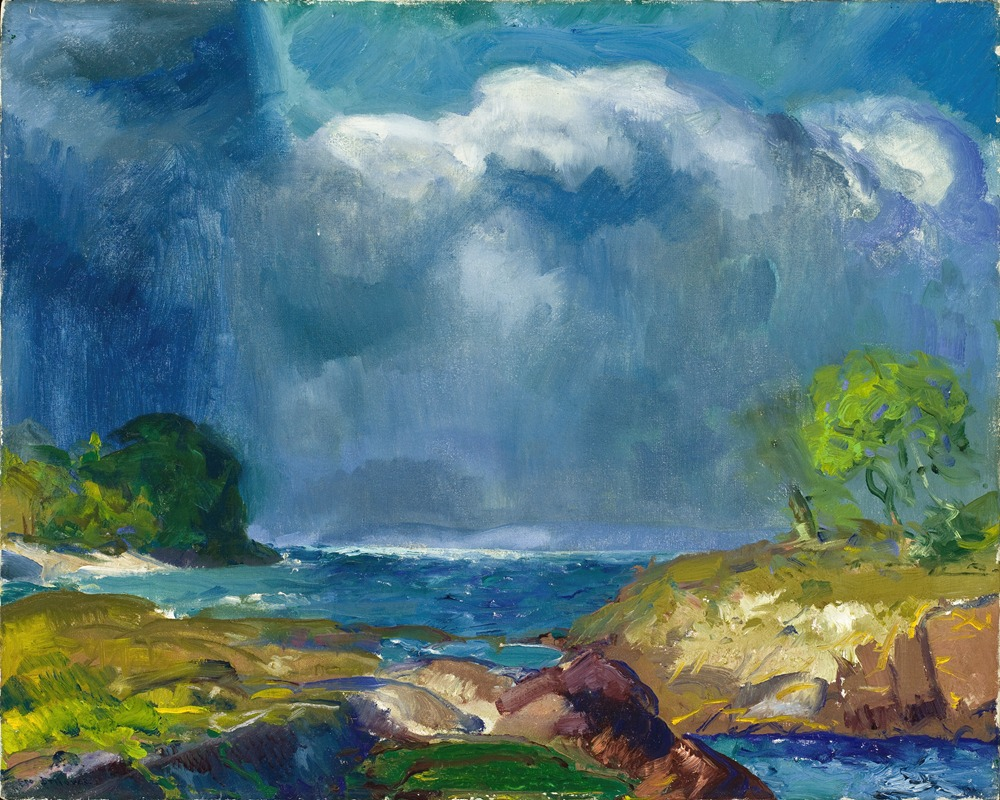
The museum is home to a remarkable array of works, including pieces by major figures like George Bellows, Fitz Henry Lane, and Thomas Sully. Its most significant collection is perhaps that of the Wyeth family, with N.C., Andrew, and Jamie Wyeth’s works prominently featured, showcasing three generations of artistic evolution and their deep ties to Maine.
Ogunquit Museum of American Art
Emphasis on Maine’s Art and Artists
The Ogunquit Museum of American Art, nestled in the coastal town of Ogunquit, is unique in its exclusive focus on American art with a particular emphasis on Maine artists. The museum reflects the town’s history as an art colony and its ongoing role in nurturing artistic talent.
Unique Architecture and Setting
The museum’s architecture is a work of art in itself, designed to harmoniously blend with the natural surroundings of coastal Maine. Its location, overlooking the ocean, provides a serene backdrop for the art within, and its sculpture garden further integrates art with the landscape.
Colby College Museum of Art
Renowned for its Contemporary and American Art Collections

Annabel Lee (1885-1887), James Abbott McNeill Whistler (American, 1834-1903)
Situated on the campus of Colby College in Waterville, this museum is acclaimed for its extensive contemporary and American art collections. It houses significant works from the early 18th century to the present, offering a comprehensive overview of American art history. In particular, its Whistler collection is practically unparalleled.
Educational Initiatives and Community Outreach
The Colby College Museum of Art is not only a repository of art but also a center for educational enrichment in the visual arts and community engagement for those who live in the area. It offers a range of programs, including lectures, workshops, and exhibitions, designed to make art accessible to a broader audience and to foster an appreciation for the arts within the community. The museum’s initiatives underscore the importance of art in education and its role in promoting cultural understanding. While in Maine, we also recommend visiting the Bowdoin College Museum.
Special Exhibitions and Events
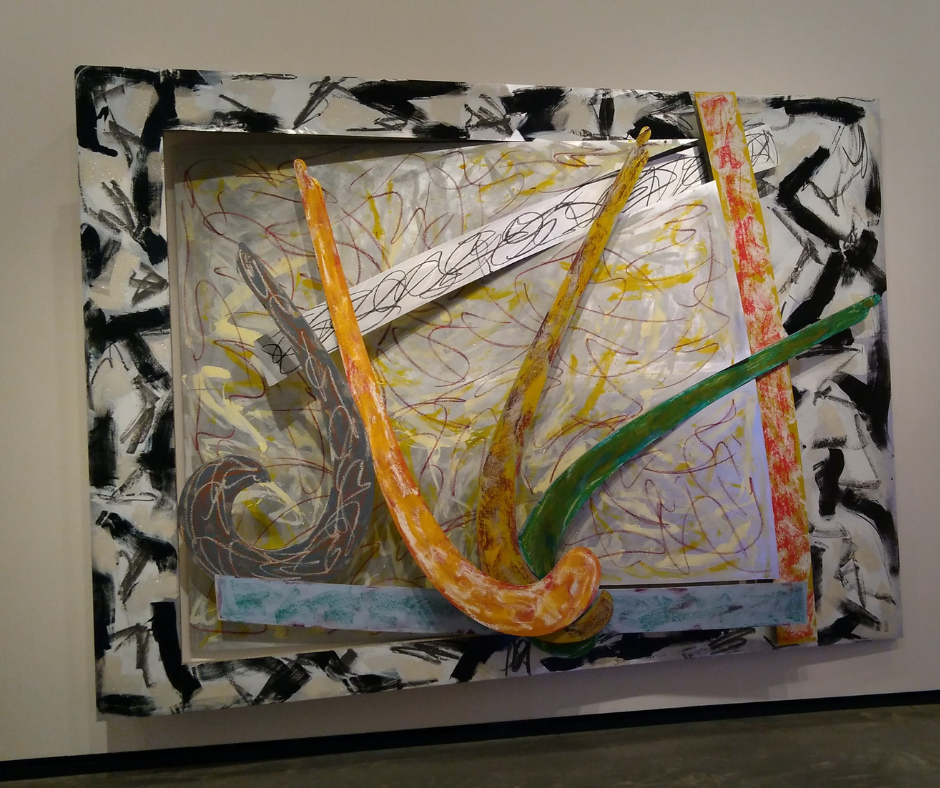
Maine’s art museums play a pivotal role in enriching the state’s cultural landscape, not only through their permanent collections but also via an array of special exhibitions and events. These seasonal exhibitions and recurring festivals offer both residents and visitors a dynamic and immersive experience of Maine’s artistic heritage.
Seasonal exhibitions in Maine’s major art museums often reflect and respond to both contemporary themes and historical narratives. For instance, the Portland Museum of Art periodically hosts exhibitions that showcase both local and international artists, offering fresh perspectives on various artistic movements and styles. These exhibitions, frequently changing, allow the museum to present a diverse range of artworks, from historical pieces that echo Maine’s past to contemporary works that challenge and engage modern audiences.
Similarly, the Farnsworth Art Museum and the Ogunquit Museum of American Art host special exhibitions that often focus on specific aspects of Maine’s art and culture. These exhibitions might highlight a particular artist’s connection to Maine, explore a thematic element prevalent in Maine’s artistic history, or showcase emerging artists from the region.
Art-Focused Festivals
Beyond museum walls, Maine celebrates its artistic spirit through various art-related events and festivals. One notable example is the annual Maine Craft Weekend, a statewide tour of Maine craft studios, breweries, and businesses that showcase the rich tradition of crafts in Maine. This event provides a unique opportunity for visitors to engage directly with local artists and artisans.
Another significant event is the Portland Museum of Art’s Contemporaries Winter Bash, a vibrant celebration of contemporary art and culture. This event, often themed, features installations and performances, drawing a diverse crowd and fostering a sense of community among art enthusiasts.
These special exhibitions and events not only highlight the depth and diversity of Maine’s art scene but also contribute significantly to the state’s cultural identity. They offer opportunities for engagement, education, and enjoyment, reinforcing the importance of art in the daily life of Mainers and the allure of Maine as a destination for cultural tourism.
Exploring Art Beyond Museums

Public art in Maine offers a diverse and dynamic range of installations and works, often reflecting the state’s natural beauty and cultural heritage. These pieces can be found in parks, along city streets, and in other communal spaces, contributing to the aesthetic and cultural value of the environment. Plus, public art technically offers free admission.
Sculptures, murals, and installations not only enhance the visual appeal of these spaces but also provoke thought and conversation, making art a part of daily life. Cities like Portland and Rockland feature public art that ranges from historic statues to contemporary pieces, often created by local artists. This integration of art into public areas democratizes access to artistic works, allowing people from all walks of life to experience and interact with art in their everyday environments.
Each local gallery in Maine also plays a vital role in the state’s art scene. These galleries, often run by artists or art enthusiasts, showcase a wide range of artworks, from traditional to modern, and from established to emerging artists. They provide a platform for local artists to display their work and for art lovers to discover new talents. These spaces are not only commercial enterprises but also cultural meeting points where artists and the community can engage in dialogue about art and creativity.
Artist studios scattered across Maine offer another layer of artistic exploration. Open studio events, where artists open their workspaces to the public, are a common feature in many Maine communities. These events provide a unique opportunity for visitors to see artists in their creative spaces, offering insights into the artistic process and the inspirations behind the works. The direct interaction between artists and the public at these studios personalizes the art experience, making it more engaging and intimate.
Other Museums Worth Visiting in Maine
Maine’s rich tapestry of museums extends beyond the realm of art, offering diverse experiences that delve into the state’s maritime heritage, natural and cultural history, and more. History buffs, lovers of local photography, and everyone else visiting Maine will find a museum to enjoy.
Maine Maritime Museum (Bath) The Maine Maritime Museum in Bath is dedicated to preserving and interpreting Maine’s maritime heritage and culture. This museum provides a comprehensive overview of Maine’s history as a maritime state, featuring exhibits on shipbuilding, seafaring, and the lobstering industry. The museum’s extensive collection includes maritime artifacts, models, and paintings, and it often hosts shipbuilding demonstrations, reflecting the state’s longstanding relationship with the sea. Located on the banks of the Kennebec River, the museum’s setting adds an authentic backdrop to the maritime narrative it presents.
Maine State Museum (Augusta) Located in Maine’s capital, Augusta, the Maine State Museum offers a multifaceted view of the state’s natural and cultural history. The museum’s exhibits cover a broad range of topics, from Maine’s geological formations and ecosystems to its indigenous cultures and industrial history. The museum effectively combines historical artifacts, natural specimens, and interactive exhibits, making it an educational destination for visitors of all ages. Its comprehensive portrayal of Maine’s past and present makes it a key institution for understanding the state’s identity and heritage.
Abbe Museum (Bar Harbor) The Abbe Museum in Bar Harbor is focused on celebrating and educating visitors about the history and culture of Maine’s Native people, primarily the Wabanaki Nations. The museum’s collection includes a vast array of Native American artifacts, from historical items to contemporary art. Through its exhibitions and programs, the Abbe Museum plays a critical role in preserving indigenous cultures and providing a platform for Native voices, offering insights into the rich traditions and ongoing contributions of Maine’s Native communities.
L.C. Bates Museum (Hinckley) The L.C. Bates Museum, located in Hinckley, offers an eclectic mix of natural history, cultural artifacts, and art. Its exhibits include a wide array of items, from Maine’s wildlife specimens and geological samples to historical artifacts and artworks. The museum’s diverse collection and its approach to presenting natural and cultural history in an integrated manner make it a unique educational resource that reflects the interconnectedness of Maine’s natural environment and its human history.
Seashore Trolley Museum (Kennebunkport) The Seashore Trolley Museum in Kennebunkport is renowned as the largest electric railway museum in the world. It offers a fascinating journey through the history of public transportation, with a particular emphasis on trolley systems. The museum boasts an impressive collection of historic streetcars, trolleys, and related artifacts. Visitors can experience rides on restored trolleys, providing a tangible connection to the past and highlighting the evolution of transportation technology.
Final Thoughts About Maine’s Art Museums

Maine’s diverse art scene, encompassing a rich array of museums, galleries, public artworks, and cultural institutions, offers an expansive canvas for exploration. The state’s unique blend of natural beauty and cultural heritage serves as a perpetual muse, not only for artists but also for those who appreciate and seek to understand art in its many forms.
Whether through the historic corridors of its art museums, the vibrant displays in local galleries, or the insightful exhibitions of its cultural museums, Maine invites visitors and residents alike to delve into its artistic and cultural depths. This exploration is not merely a journey through the visual aesthetics of art but a deeper engagement with the narratives, histories, and identities that these artworks represent. Maine’s art scene, in its variety and richness, stands as a testament to the enduring power of artistic expression in shaping and reflecting the human experience.






